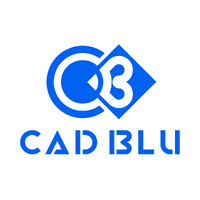
DBM SpA
For over 40 years, we have been designing and manufacturing finned pack and tube heat exchangers for HVAC, industrial and special applications. Engineering precision, experience and innovation at the service of the best thermal performance. We export over 70% of our production to various locations which include Australia, United States, the Middle East, North Africa, and all European markets. We have two state of the art manufacturing facilities, totalling more than 18000m2 of covered surface. We are a strong, dynamic and competitive company. Our heat exchangers are installed on sites and in applications Worldwide. This ranges from small HVAC systems to the larger, more complex applications such as Gas Turbine Air Intake Cooling Systems, Offshore and specialised Industrial Processes. Experience. Evolution. Excellence.






